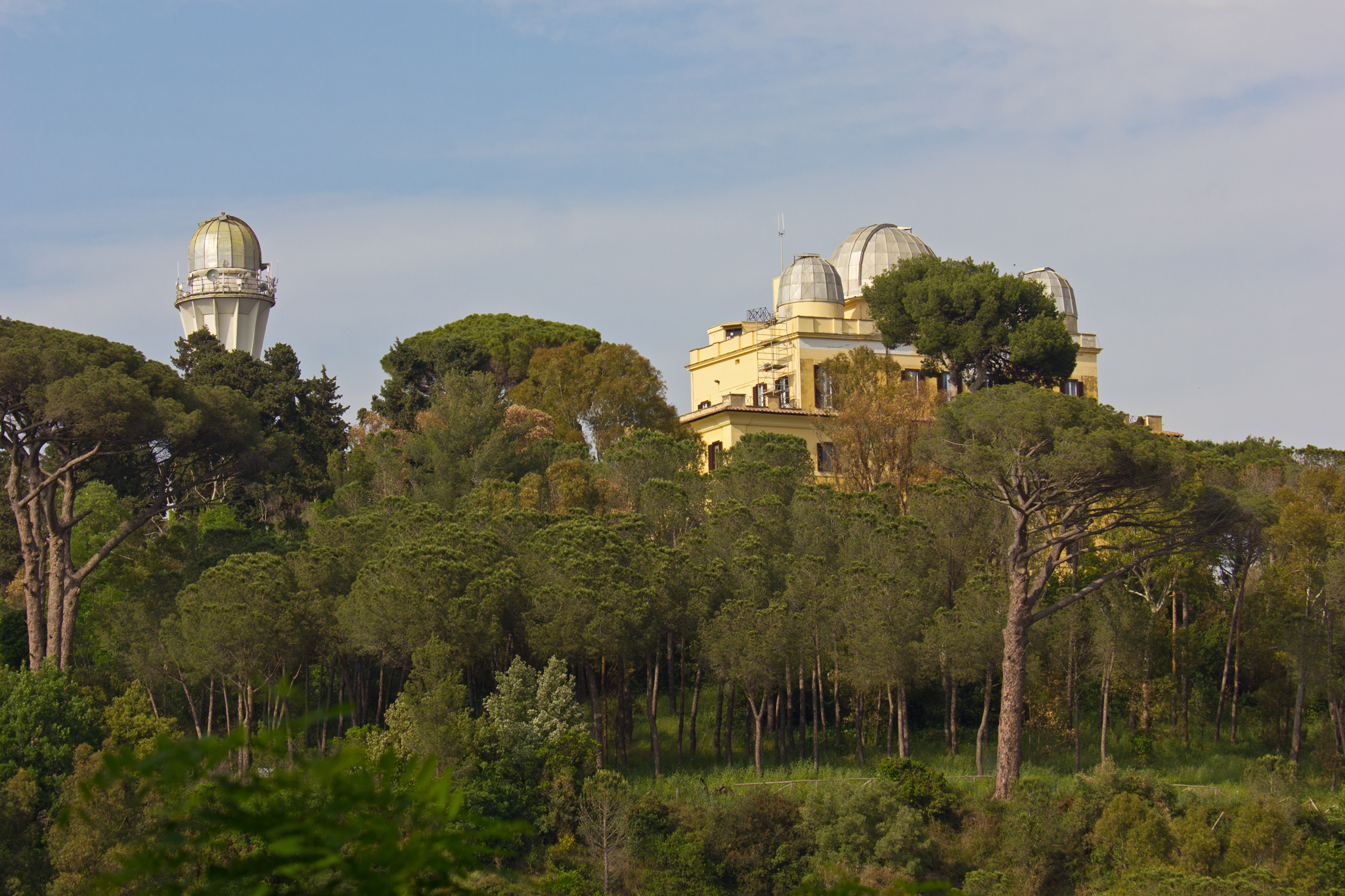ESA’s Support for ISRO’s Aditya-L1 Solar Mission: An Overview
The Indian Space Research Organisation (ISRO) is preparing for an exciting mission to study the Sun with its Aditya-L1 solar observatory. Set to launch on 2 September 2023, this mission will provide valuable scientific data as the spacecraft orbits in an unstable orbit. To ensure the success of this mission, ISRO has enlisted the support of the European Space Agency (ESA), which has the necessary infrastructure and expertise to assist.
Aditya-L1 will be India’s first satellite mission dedicated to studying the Sun. Once launched, the spacecraft will travel to the first Lagrange point (L1) of the Sun-Earth system. From this vantage point, Aditya-L1 will utilize its seven instruments to explore various aspects of our dynamic and turbulent star. Four instruments will directly observe the Sun, while the remaining three will focus on in-situ measurements to understand the space weather generated by the Sun in interplanetary space.
ESA’s support to Aditya-L1 is twofold. Firstly, ESA is providing deep space communication services to ensure seamless communication with the spacecraft. Ground station support is important for receiving science data from the spacecraft, monitoring its status, ensuring its safety, and tracking its location. ESA’s global network of deep space tracking stations, including stations in Australia, Spain, Argentina, and Kourou in French Guiana, as well as coordinated support from Goonhilly Earth Station in the UK, will enable continuous communication with Aditya-L1 throughout its mission.
Secondly, ESA assisted ISRO in validating their new flight dynamics software. Flight dynamics is essential for precisely determining a spacecraft’s location in space. Given the small margin for error when operating a spacecraft at L1, ISRO sought ESA’s expertise to ensure the accuracy and fidelity of their software. The teams from both agencies worked together extensively, simulating various scenarios and analyzing tracking data to fine-tune the software. The exercise was successful, and both teams are confident in the capabilities of ISRO’s software.
The Lagrange point 1 (L1) is an perfect location for solar explorers like Aditya-L1. Situated between Earth and the Sun, L1 offers an unobstructed view of the Sun this is never eclipsed by Earth. Aditya-L1 will join other spacecraft, such as the ESA/NASA Solar Heliospheric Observatory (SOHO), at this point. L1 provides a stable environment for spacecraft to operate for extended periods without expending excessive fuel.
Reaching L1 is not a direct journey for Aditya-L1. After launch, ISRO operators will perform a transfer maneuver to adjust the spacecraft’s orbit around Earth before executing a transfer maneuver to reach L1. Aditya-L1 is expected to reach its destination approximately 100 days after launch. Once at L1, the spacecraft will enter an orbit around it, similar to orbiting an invisible planet. However, due to the instability of this orbit, regular station-keeping maneuvers will be necessary to keep the spacecraft in the correct position.
The importance of international collaboration in space exploration is exemplified by ESA’s support to Aditya-L1. ESA’s ground station network, known as Estrack, and its flight dynamics expertise have been developed through decades of flying challenging missions. This support extends beyond Aditya-L1, as Estrack is expanding with the construction of a fourth deep space antenna to meet the rising demand for communication bandwidth. The international fleet of solar explorers, including Aditya-L1, ESA’s Solar Orbiter, SOHO, and NASA’s Parker Solar Probe, showcases the collective efforts of humankind to unravel the mysteries of our star.
The launch of Aditya-L1 represents a significant milestone for India’s space exploration capabilities. With the support of ESA and its global network of deep space ground stations, scientists and researchers will have access to valuable data about the Sun’s behavior and space weather. This collaboration between space agencies highlights the importance of international cooperation in advancing scientific knowledge and understanding of our universe. As Aditya-L1 embarks on its mission, the world eagerly awaits the groundbreaking discoveries it will bring.
